12 Simple Ways to Control Little Ants
Fact checked by Sarah ScottReviewed by Amanda Rose Newton
What is the most effective way to kill small ants in the house? When ants are making their way into your home, it is important first to know the ant species that are invading, then to consider a few key points of ant control:
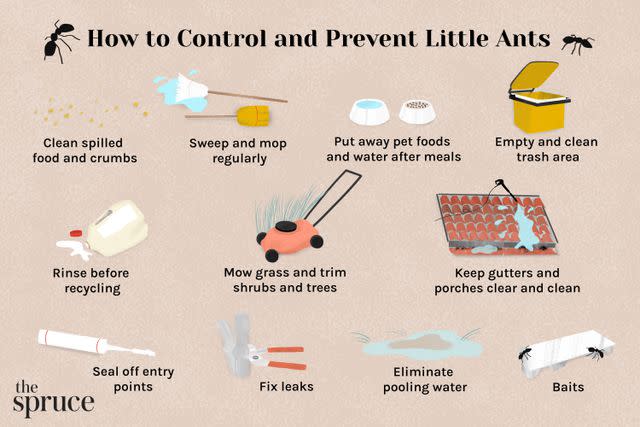
The Spruce / Michela Buttignol
Know Your Ants
The first step in controlling ants in and around your home is to know what type of ant it is. This is important because baits are generally the best option for control, but different ants have different food preferences. Additionally, some ants rarely enter homes or only do so singly, so placing bait inside will do little to get rid of ants that are living outdoors.
In addition to several articles linked below, the University of Wisconsin has created a comprehensive, easy-to-read online tool to get to know your ants. It provides identification and specific control strategies for some of the most common ants, including:
Black carpenter ants
Field ants
Larger yellow ants
False honey ants
Pharaoh ants
Grease or thief ants
Ant Prevention and Control
Ants are best controlled through an integrated program of prevention, exclusion, and control.
The main reason that ants enter homes is in search of food or water. Once an ant finds either―or both―of these, it carries it back to its nest while leaving a scent trail for other ants from its colony to follow to get more. Thus, eliminating these sources of food or water is the first step in eliminating ants from your home.
Clean spilled food and crumbs from floors, cupboards, and pantries, getting into corners and along baseboards.
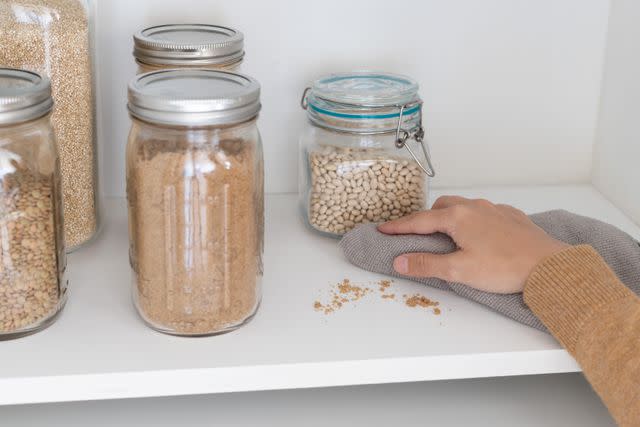
The Spruce / Nelly Cuanalo
Sweep and mop floors regularly.
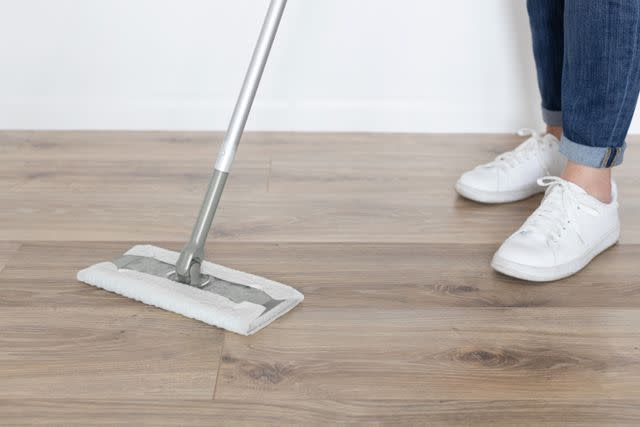
The Spruce / Nelly Cuanalo
Do not leave pet foods out after the animals have finished eating. While pets do need water to be available, you should limit water sources as much as possible―particularly if you suspect you have an ant problem, and until you get it under control.
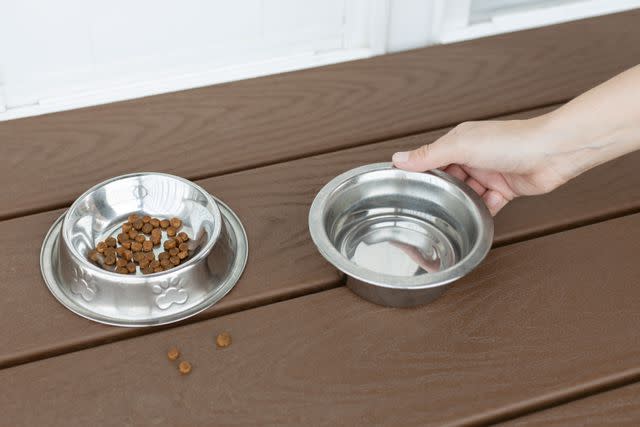
The Spruce / Nelly Cuanalo
Empty trash and clean trash areas regularly to prevent buildup and odors.
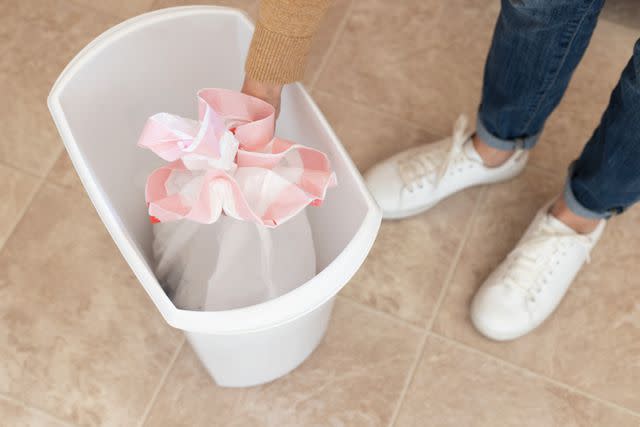
The Spruce / Nelly Cuanalo
If you recycle, always rinse items before storing and keep them in lidded, pest-resistant bins. Whenever possible, store the containers outdoors, and away from the home.
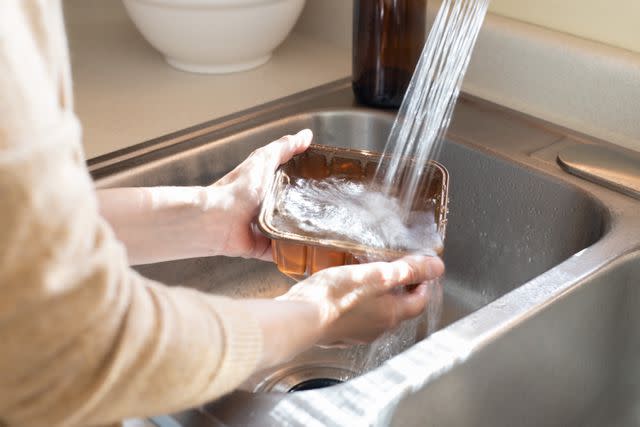
The Spruce / Nelly Cuanalo
Keep grass mowed, and trees and shrubs trimmed so they do not touch the house.
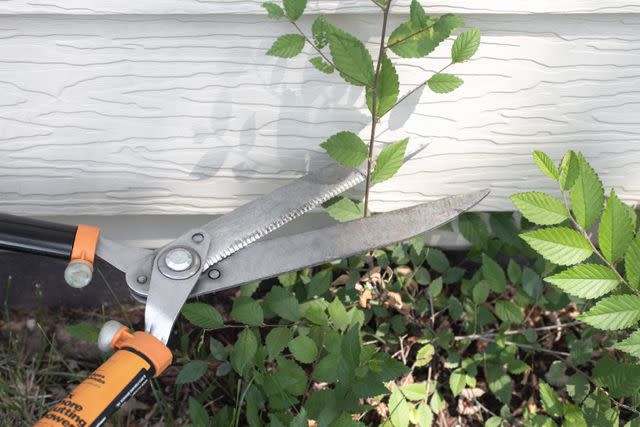
The Spruce / Nelly Cuanalo
Keep gutters, porches, and perimeters clean and clear of debris.
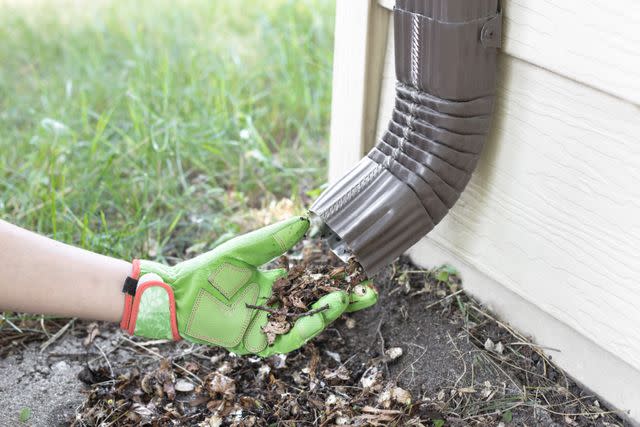
The Spruce / Nelly Cuanalo
Keep ants from finding entry points by sealing cracks and crevices, keeping screens in good repair, and ensuring doors and windows are tightly sealed with no gaps.
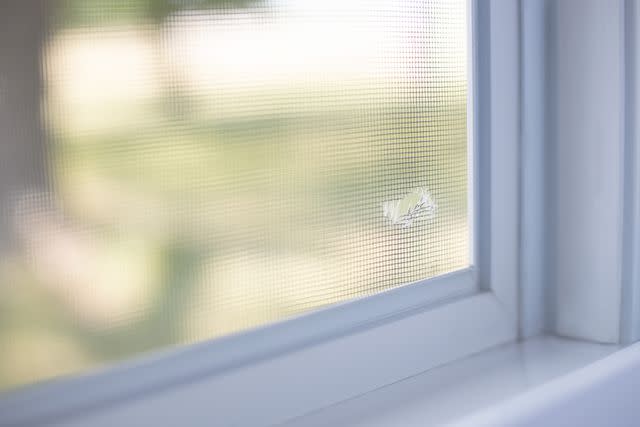
The Spruce / Nelly Cuanalo
Check and seal gaps around electric wiring, cables, pipes, and other such potential entry points.
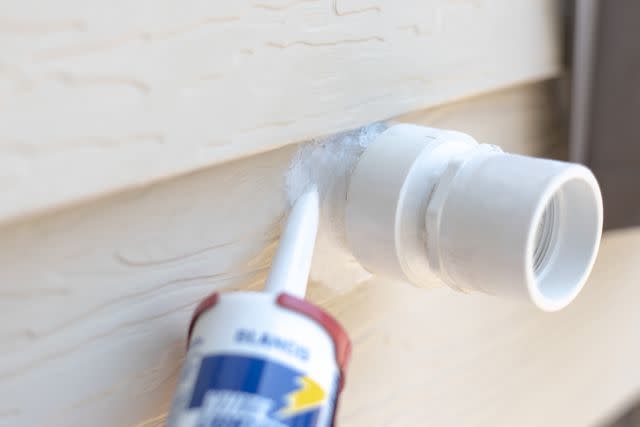
The Spruce / Nelly Cuanalo
Repair leaks inside and outside the home, and eliminate pooling water sources around the home's exterior.
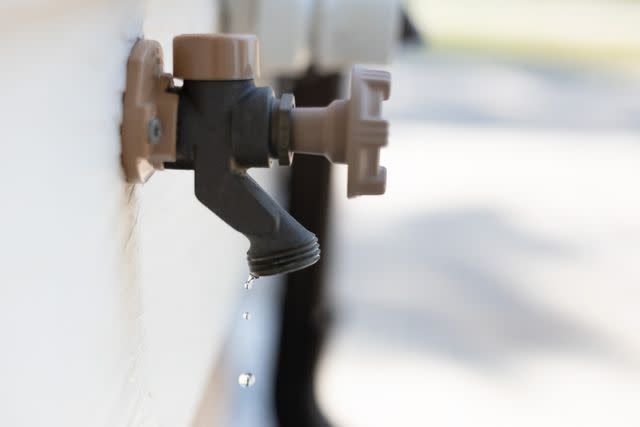
The Spruce / Nelly Cuanalo
Because spraying ants kills only the workers who are out foraging for food, sprays are rarely successful in eliminating ants. The primary exception is when the direct spraying of a nest is applicable, such as for fire ants.
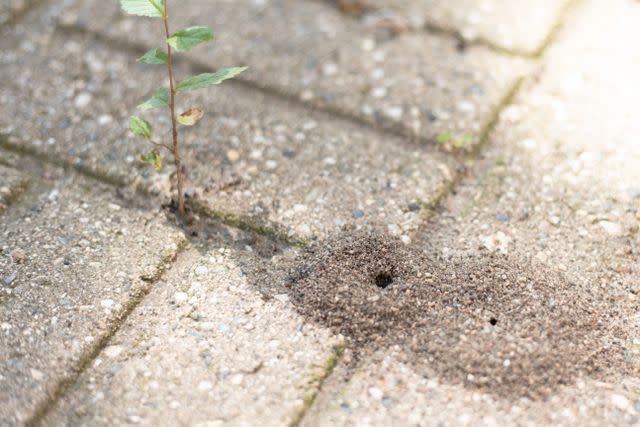
The Spruce / Nelly Cuanalo
Thus, it is recommended that baits be used. This is because most of the ants of the colony, including the queen, never leave the nest. They are fed by the food brought back by the worker ants, who are responsible for foraging for food to feed the entire colony.
Bait Stations Warning
Always place bait stations where they are out of reach of children and pets. Never place them next to stored food, including pet food. Read instructions for correct spacing and placement.
Ant baits are made up of food to attract the ants along with a slow-acting insecticide, so that the workers can carry the poisoned food back to the nest and feed the other colony members, before being killed by the bait they carry. Additionally, in this way, the bait kills the entire colony, including the breeding queen, instead of just killing a few worker ants with a spray, who would simply be replaced with another troop of ants.
At first, it may seem that baiting is a very slow way to rid your home of ants, but it will have a much greater long-term effect than continuously spraying a few ants here and there.
Baits are fairly simple to use, but. because different ants have different food preferences, it is necessary to know the species of ant that is causing the problem. You may also want to consider hiring a knowledgeable professional.
Ant baits are available in gel or paste tubes, granules, or covered containers. The covered, child- and pet-resistant containers are the safest to use in and around homes, but the open tablets and gels can be used if all label directions are followed and they are located where they will not be contacted by children, pets, or non-target animals.
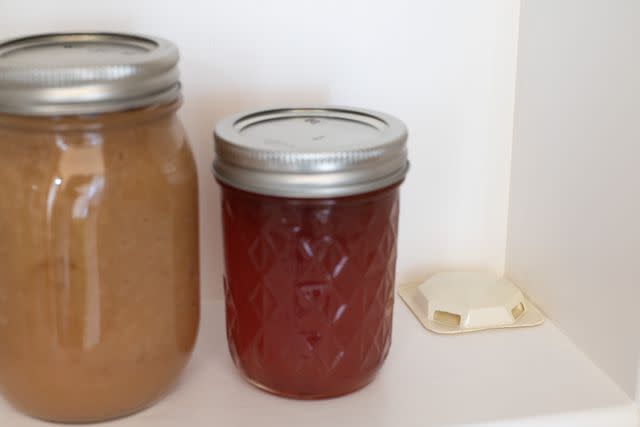
The Spruce / Nelly Cuanalo
Frequently Asked Questions
What can exterminators do to get rid of ants?
A professional will identify the type of ant infesting your home and decide on a course of action from there. Common treatments include traps and insecticide sprays. An exterminator will also source the location of the ants' colonies and treat their nest.
Why are ants in my bathroom?
Ants are attracted to areas of moisture as well as dead skin cells, hair, and even fragrances. This is why bathrooms are often popular with ants.
Can ants harm my home?
Certain types of ants can eventually damage your home, especially if they have been there for a long time. They can eat their way through electrical wiring and insulation and chew at wooden finishes. They can also nest in electrical boxes, causing short circuits and potentially fire.
Read the original article on The Spruce.

